Astrotidbits-blog - Astrotidbits.info
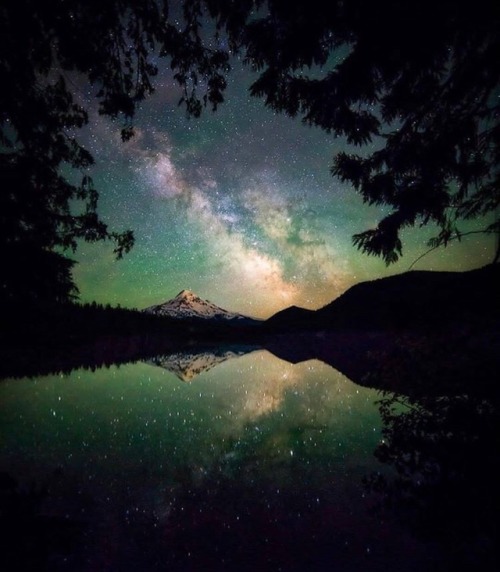
More Posts from Astrotidbits-blog and Others
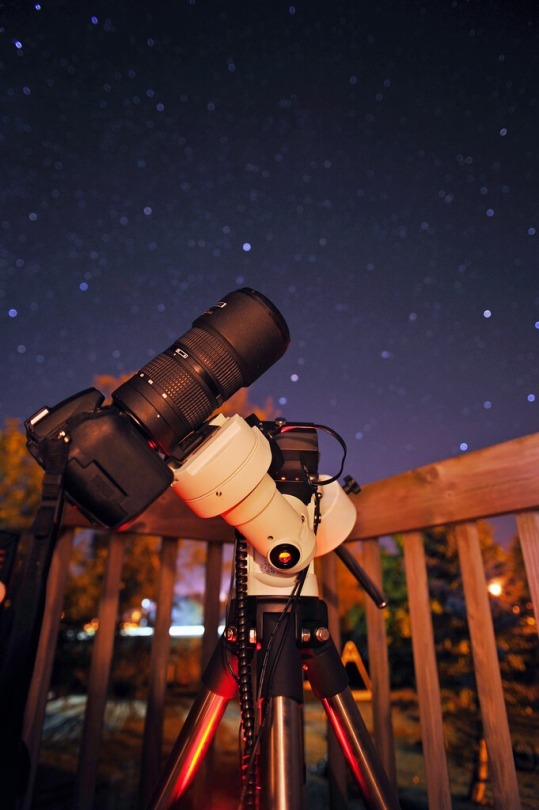
Observing the Skies Above by Kirby Wright on Flickr.
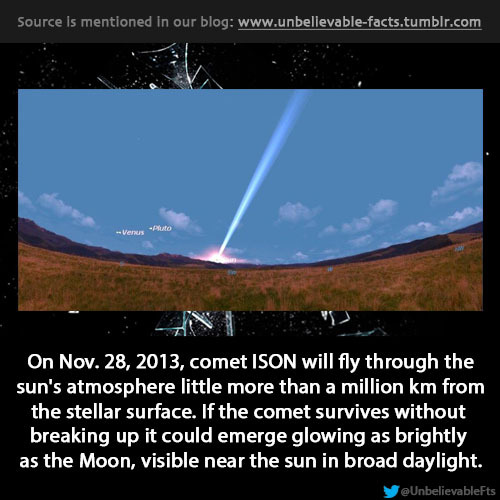
on Nov. 28, 2013, comet ISON will fly through the sun’s atmosphere little more than a million km from the stellar surface. If the comet survives without breaking up it could emerge glowing as brightly as the Moon, visible near the sun in broad daylight.
Kindly share this, so that no one could miss that event!
Getting ready for 8/21/17
I am making a journal as I get ready for the total eclipse of the sun on 8/21/17 and you can find it on http://www.astrotidbits.com. Irregular posts as I do something new or learn new ways of doing things.
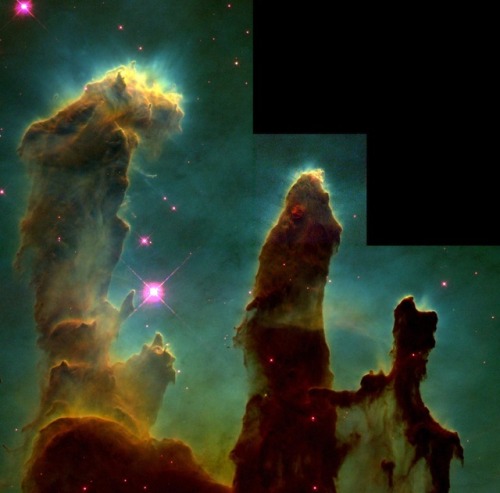
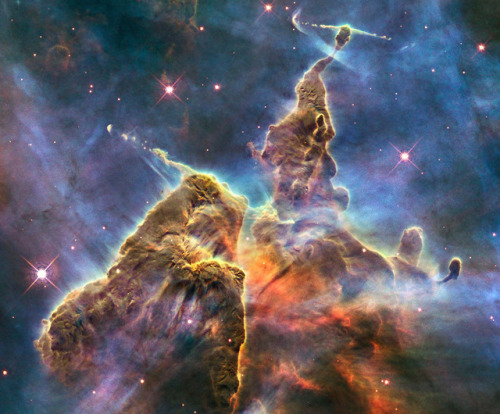
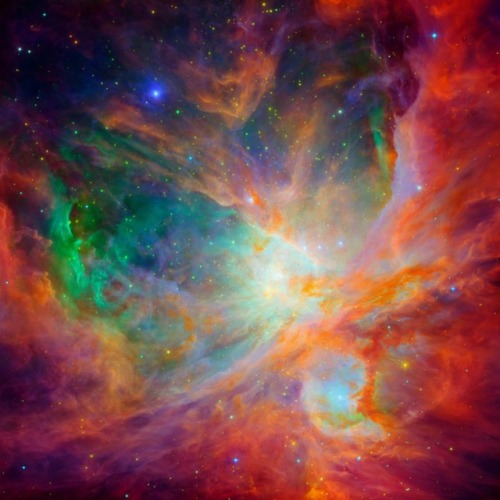
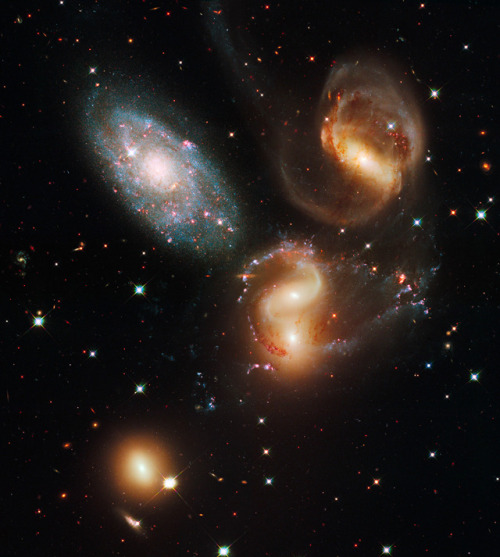

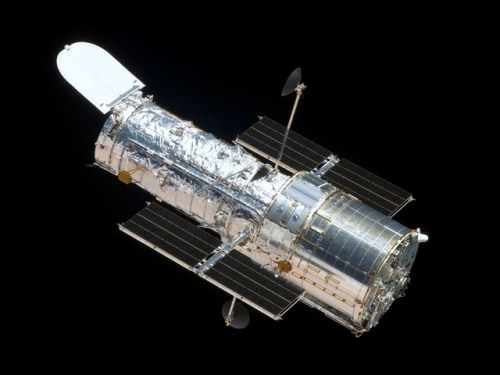
Just some eye candy from the Hubble Space Telescope. One of the great scientific achievements of our time.
Space shuttle launch (no sound).

Just a typical Saturday in our courtyard calling Ohio using Morse code.
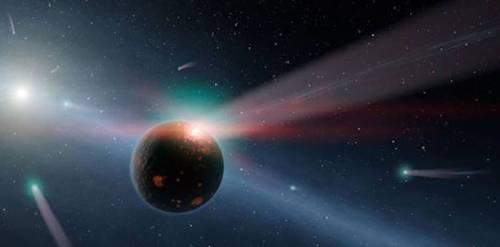

Comets may hold the secret to the origin of life on Earth
We’ve studied life on Earth extensively, but we still have no idea where it came from. Some scientists think it may have spontaneously arisen on Earth by some unknown process. Others think the ingredients for life were delivered here by comets crashing into Earth in the early days of the solar system. The latter theory just got a huge boost.
Follow @the-future-now

Found a couple old photos of my mom practicing her ham radio skillz back in the day. Ham radio was actually the catalyst through which she met my father. Take that, Internet Dating.
My grandma made that dress she’s wearing with their call letters appliquéd along the hem.
Try www.astrotidbits.com for a deeper understanding of space and astronomy, and a great selection of astronomy-related merchandise.
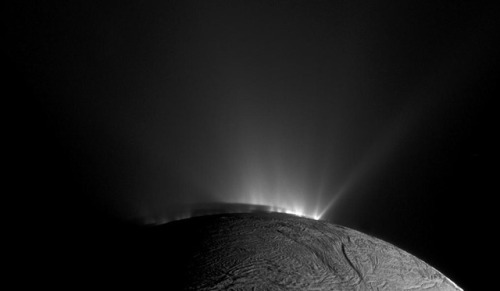
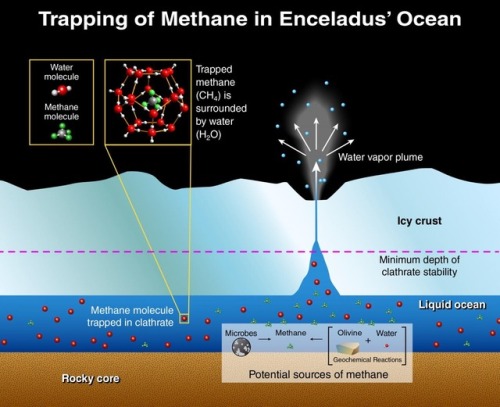
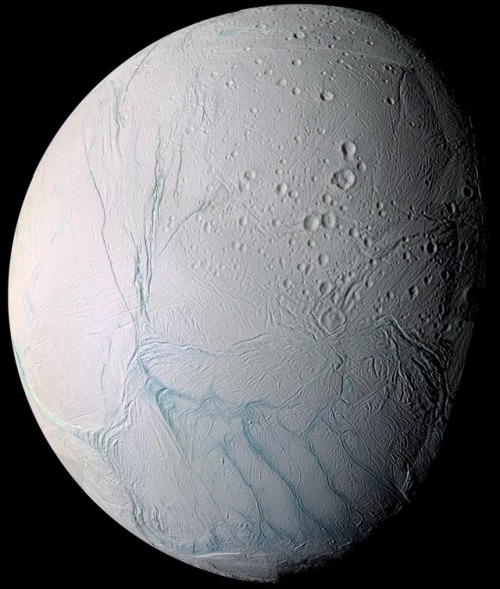
Enceladus - Life in our solar system?
Enceladus is Saturns icy moon that measures approximately 504km in diameter, about a tenth of the size of Saturn’s largest moon Titan. Almost completely covered in ice, this moon could potentially harbour the same type of life-sustaining chemical reactions found in deep sea hydrothermal vents here on Earth.
In 2005, NASA’s Saturn orbiting Cassini spacecraft spotted geysers of water and ice erupting fro fissures near Enceladus’ South Pole. Scientists believe they originate from a great ocean beneath the shell of ice. This ocean manages to stay liquid because the gravitational force exerted by Saturn is so intense that it twists and stretches the moon generating internal heat.
In October 2015, Cassini went on a dive through one of the plumes passing within just 39km of Enceladus’ surface. A team of scientists led by Hunter Waite analysed the observations made by the spacecraft. They discovered that the geysers contain between 0.4%-1.4% molecular hydrogen (H2) and 0.3%-0.8% carbon dioxide (CO2). These are being produced continuously by reactions between hot water and rock near the core of the moon. Some of the most primitive metabolic pathways found in microbes at deep ocean hydrothermal vents involve the reduction of CO2 with H2 to form methane (CH4) by a process known as methanogenesis.
-
 naturallynatalieslife liked this · 7 months ago
naturallynatalieslife liked this · 7 months ago -
 underzemilkyway reblogged this · 8 months ago
underzemilkyway reblogged this · 8 months ago -
 faceshit liked this · 1 year ago
faceshit liked this · 1 year ago -
 liapmetinlwatmi liked this · 1 year ago
liapmetinlwatmi liked this · 1 year ago -
 gasvianilove reblogged this · 2 years ago
gasvianilove reblogged this · 2 years ago -
 gasvianilove liked this · 2 years ago
gasvianilove liked this · 2 years ago -
 alexzrm liked this · 3 years ago
alexzrm liked this · 3 years ago -
 julianw liked this · 3 years ago
julianw liked this · 3 years ago -
 littleliondie liked this · 3 years ago
littleliondie liked this · 3 years ago -
 divagou liked this · 3 years ago
divagou liked this · 3 years ago -
 laesquinadelcacheton liked this · 4 years ago
laesquinadelcacheton liked this · 4 years ago -
 joshrandell liked this · 4 years ago
joshrandell liked this · 4 years ago